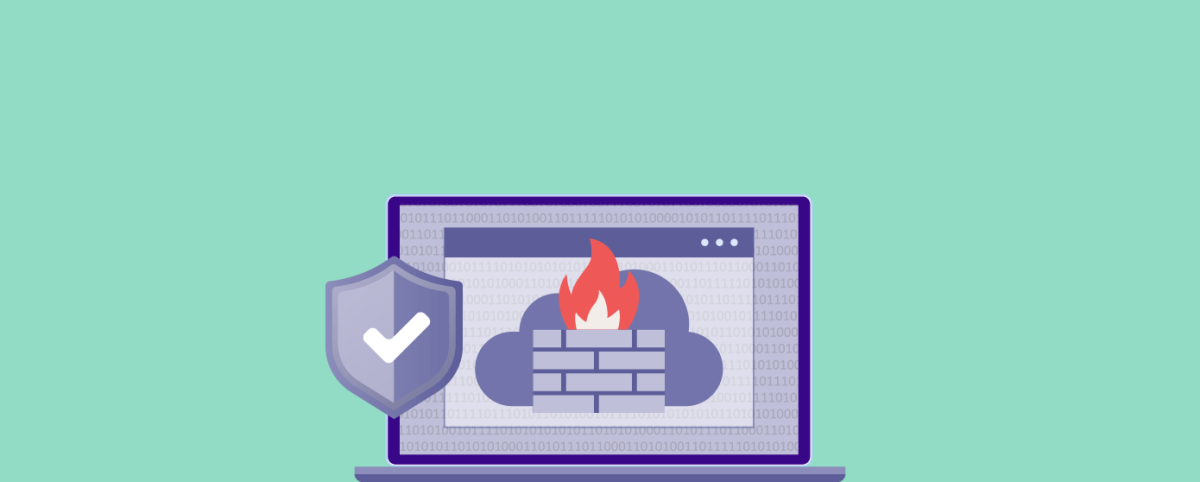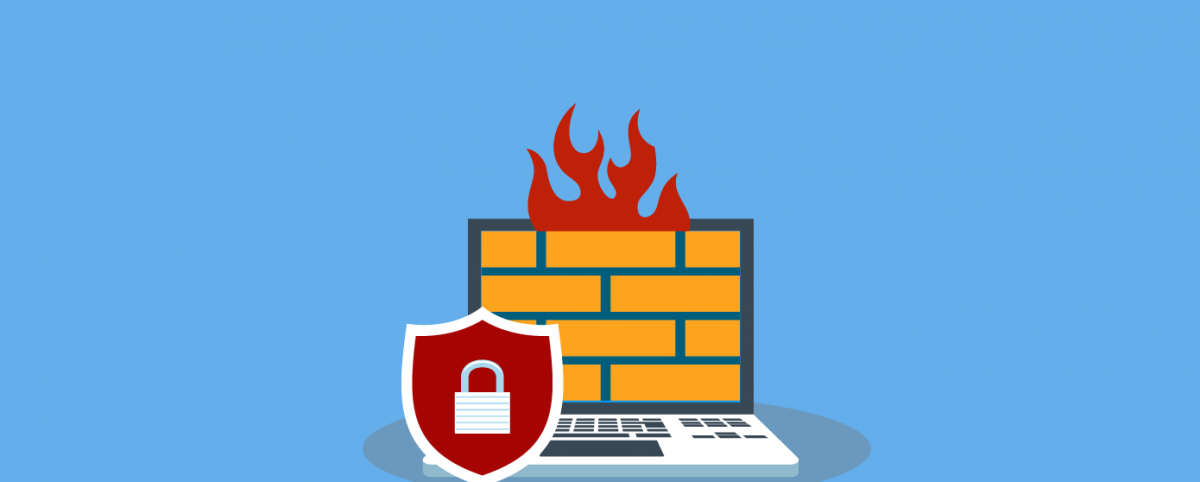Managed WAF: A Must-Have to Stop Website Attacks
Web applications are crucial for business growth but are often targeted by cyber attackers. In 2023 alone, over 6.8 billion attacks were blocked across 1400 web applications, underscoring the growing threat.
One mitigation measure to shield your business’s critical websites and applications is blocking malicious traffic with a WAF or a WAAP, as what the category is called now.
Deploying Cloud WAF is just the beginning. To achieve top-notch security, a managed solution is essential.
This blog will explain managed WAF and its role in preventing malicious attacks on websites and applications.
What is Managed WAF?
A Managed Web Application Firewall is a comprehensive cybersecurity service offered by specialized providers to oversee, optimize, and maintain the security of web applications.
Unlike traditional WAF deployments where organizations manage the infrastructure and policies themselves, a Managed WAF service shifts the responsibility to WAF vendors.
What are the Challenges in WAF Management?
To understand the importance of tuning a web application firewall, we must first understand how a web application firewall works.
Its functioning is dependent on the specific set of rules called policies that tell the WAF which vulnerabilities, gaps, and attack behaviors to look for, what to do if these are found, how to protect the application, etc.
Managing a Web Application Firewall (WAF) can be daunting due to various challenges:
Constantly Changing Applications: Web applications are continuously evolving, introducing new features, updates, and functionalities. Keeping up with these changes and ensuring that the WAF rules and policies remain effective can be a daunting task.
Application Framework Diversity: The applications are built on different web development frameworks and each of the frameworks has its strengths and drawbacks. The gaps in the framework will impact the security level of the application itself and the rules of the WAF must be tuned accordingly.
Evolving Threat Landscape: Cyber threats are dynamic and ever-changing. WAF security profiles need regular updates to counter emerging threats effectively. Failure to stay ahead of these threats could leave your website vulnerable to attacks.
User Experience: Users expect speed, agility, and security from the applications. Growth-oriented organizations and developers strive to keep their applications and UX on par with or edgier than competitors to drive more traffic and ensure more conversions. So, the policies must be tuned such that they minimize overhead and performance impact for good traffic
False Positives: With the fast-changing threat landscape and nature of attacks, if the set of rules aggressively works with the blacklisting model alone, the possible outcome is a high number of false positives – valid requests getting denied.
The web app firewall and its rules must be custom-built and tuned regularly to ensure zero false positives.
Resource Intensive Management: Managing a WAF demands dedicated personnel and financial resources. Ponemon Institute reports an average of 2.5 full-time security administrators, costing over $400,000 annually, highlighting the resource-heavy nature of WAF .
Volumetric Attack Support: Defending against volumetric attacks is another challenging task. This type of DDoS attack floods servers with excessive traffic, leading to congestion and disruptions. Tuning the policies and settings of the WAF is critical to identifying malicious traffics including bad bots and improving the security posture of the application.
More importantly, WAF should also ensure it does not block legitimate traffic. Given the advancing tactics of attackers, obtaining managed service assistance is vital.
Incident Analysis: WAFs typically offer limited visibility beyond the HTTP request, making it difficult for the SOC team to understand the context of suspicious activity. Moreover, the dynamic nature of application environments worsens the challenge. Effective incident analysis requires specific skills in web application security and WAF technologies, which are often missing in organizations, making incident response efforts more difficult.
Business Logic Vulnerabilities: Apart from the known vulnerabilities, there are vulnerabilities that arise from business logic flaws that are specific to every business. WAF policies to effectively tackle these vulnerabilities demand constant tuning and refinement.
Zero-Day Patching: Unlike known vulnerabilities, which can be patched with established fixes, zero-day vulnerabilities are newly discovered weaknesses for which no patch or mitigation strategy exists. WAF policies must be configured to proactively identify and block suspicious traffic patterns and behaviors associated with potential zero-day exploits.
Reports and Analytics: WAFs produce a high volume of data, including logs, alerts, and traffic statistics, which can overwhelm security teams and make it difficult to identify relevant trends and patterns. Delayed or insufficient analysis can result in missed threats and increased risk exposure.
What are the Benefits of Managed WAF Services?
Expertise Knowledge and Skills
Managed WAF services bring the advantage of expert knowledge and skills to the table. Certified professionals ensure that the WAF is deployed correctly and continuously monitored. Logs are regularly examined, and necessary actions are swiftly taken to mitigate potential threats.
Fine-Tune WAF Rules
To strike the right balance between security and performance, it’s crucial to regularly review and adjust your WAF rules. This fine-tuning process requires teamwork with your security experts.
Managed WAF services excel in this area, helping optimize your rules for top-notch security without slowing down your system. You can also check out how AppTrana’s self service rules work, here.
Handling Agility of Dynamic Applications
In today’s dynamic business landscape, applications need to be agile to adapt to changing customer needs and technological advancements. Managed WAF services can efficiently manage change management processes, ensuring that client systems remain secure and resilient amidst frequent updates.
Dedicated Time for WAF Management
Regular tuning and tweaking of the WAF are vital to combat the diverse and dynamic nature of cyber threats. Managed WAF services provide dedicated personnel with expert knowledge and skills to ensure tight security. This alleviates the burden on internal teams and minimizes the risk of WAF failures due to lack of time and attention.
Staying Updated with Threats
Threats in the cybersecurity landscape are ever-evolving. Managed WAF services stay updated with the latest threats and vulnerabilities, continuously updating security measures to identify and block emerging threats effectively. Unlike regular firewalls, which may not require frequent updates, WAFs demand constant modifications to adapt to evolving environments.
False Positive Monitoring
It’s common practice for WAF vendors to issue patches or rule updates to address the zero-day vulnerabilities discovered.
However, it’s your team’s responsibility to test these rules for false positives. Many users hesitate to apply patches promptly, fearing potential disruptions to existing code. This delay exposes them to the risk of hacker exploitation, as developers take time to implement patches.
Consequently, many WAF projects fail due to the hesitancy to switch from log mode, driven by concerns over false positives.
Managed WAF solution providers alleviate this burden by taking charge of false positive monitoring.
In our premium plan at AppTrana, our security researchers function as an extension of your Security Operations Centre (SOC) team, collaborating with you to ensure a zero false positive guarantee.
DDoS Monitoring Service
No matter how finely tuned your rate-limiting measures are, there’s always a possibility that a hacker may exploit a weak point in the policy.
This is where DDoS and Bot monitoring, offered as part of a managed WAF solution, proves invaluable. By swiftly identifying patterns of automated attacks, security experts can craft sophisticated rules to counter specific attack vectors.
Latency and Anomaly Monitoring Services
Another challenge associated with WAFs is the potential increase in latency, as they examine each incoming request. A managed service that consistently monitors application latency serves as a valuable enhancement, guaranteeing a seamless customer experience by mitigating performance concerns.
Meanwhile, anomaly monitoring analyzes network traffic and user behavior to identify deviations from normal patterns, such as unusual spikes in traffic or unauthorized access attempts.
Autonomous Patching
Traditional patching often lags, leaving vulnerabilities open to exploitation. Autonomous virtual patching at the WAF level significantly reduces exposure time.
Managed services are pivotal in autonomous patching, as demonstrated by AppTrana’s success: 41% of attacks were blocked using core rules, while 59% were thwarted with custom rules, highlighting the importance of managed services in virtual patching.
AppTrana’s SwyftComply further enhances security by autonomously patching critical vulnerabilities within 72 hours, ensuring zero false positives.
Stay tuned for more relevant and interesting security articles. Follow Indusface on Facebook, Twitter, and LinkedIn.


 May 2, 2024
May 2, 2024






